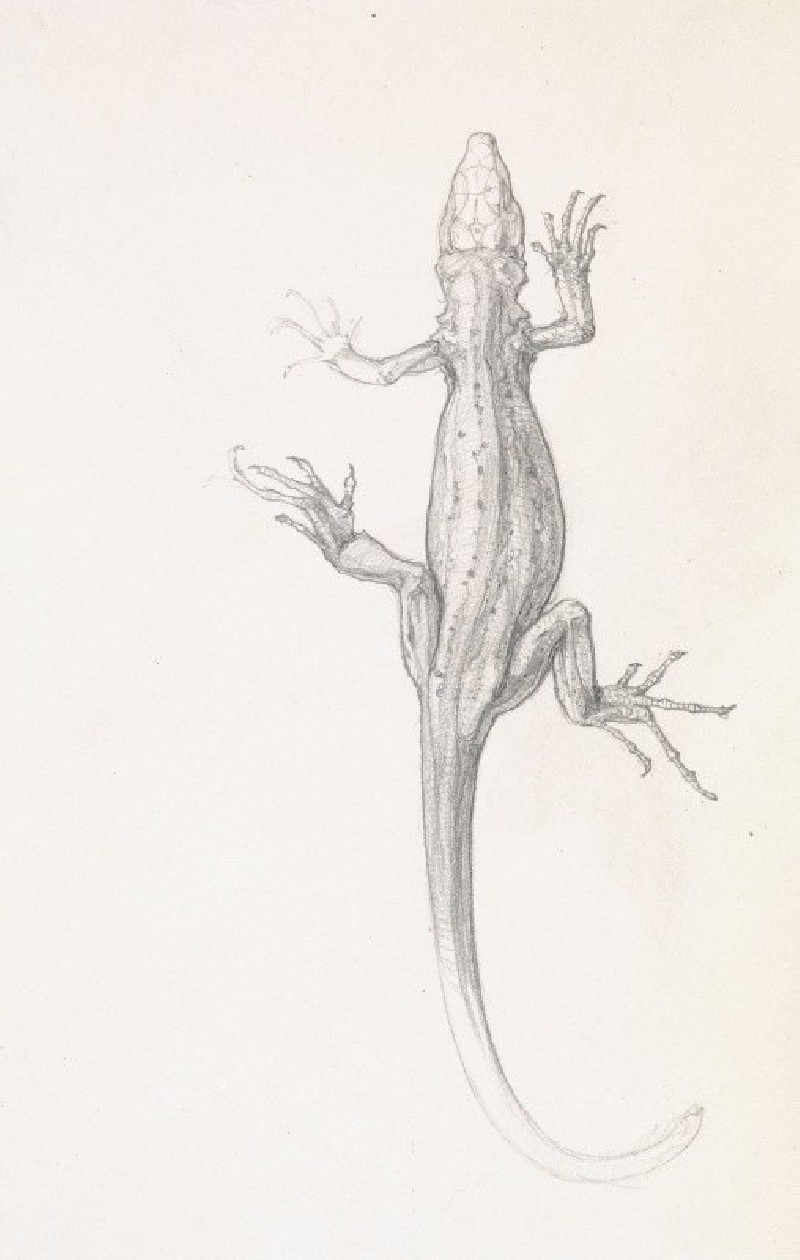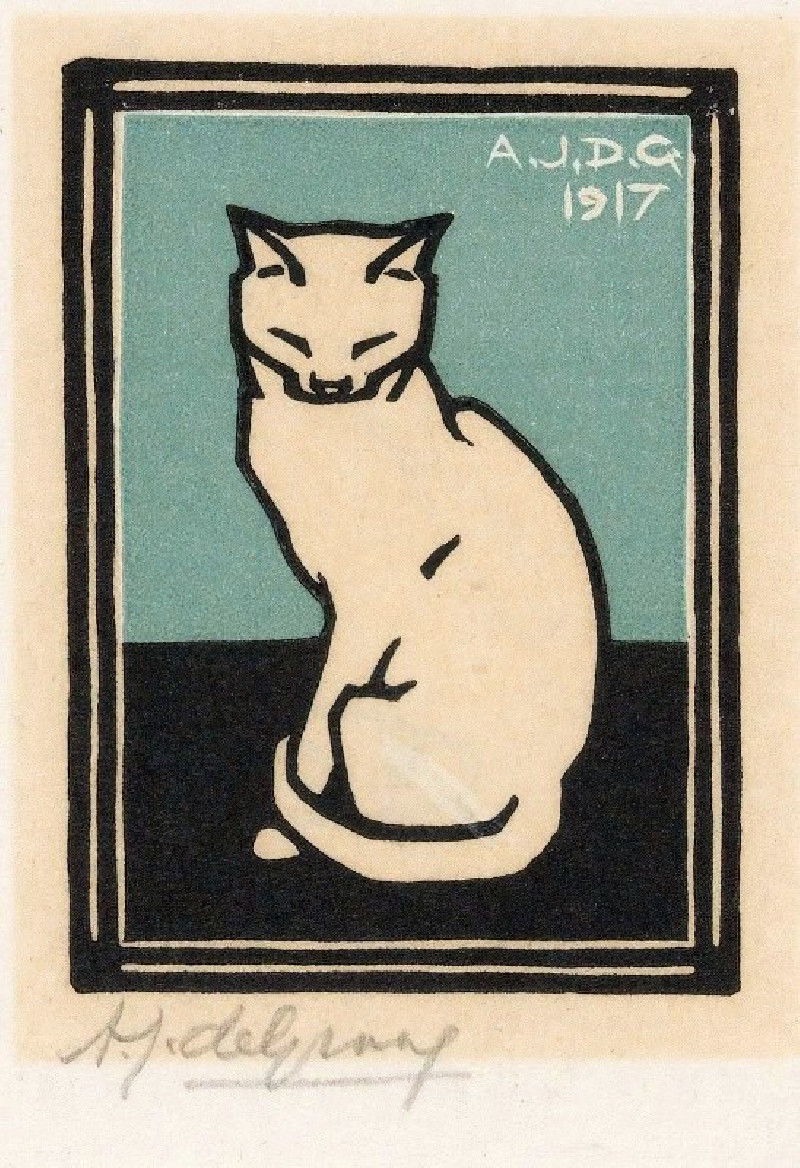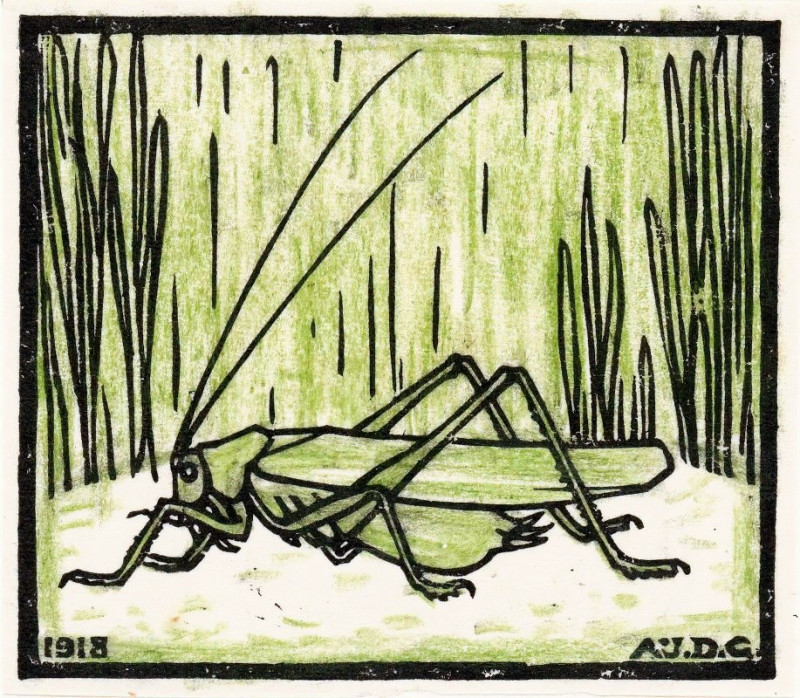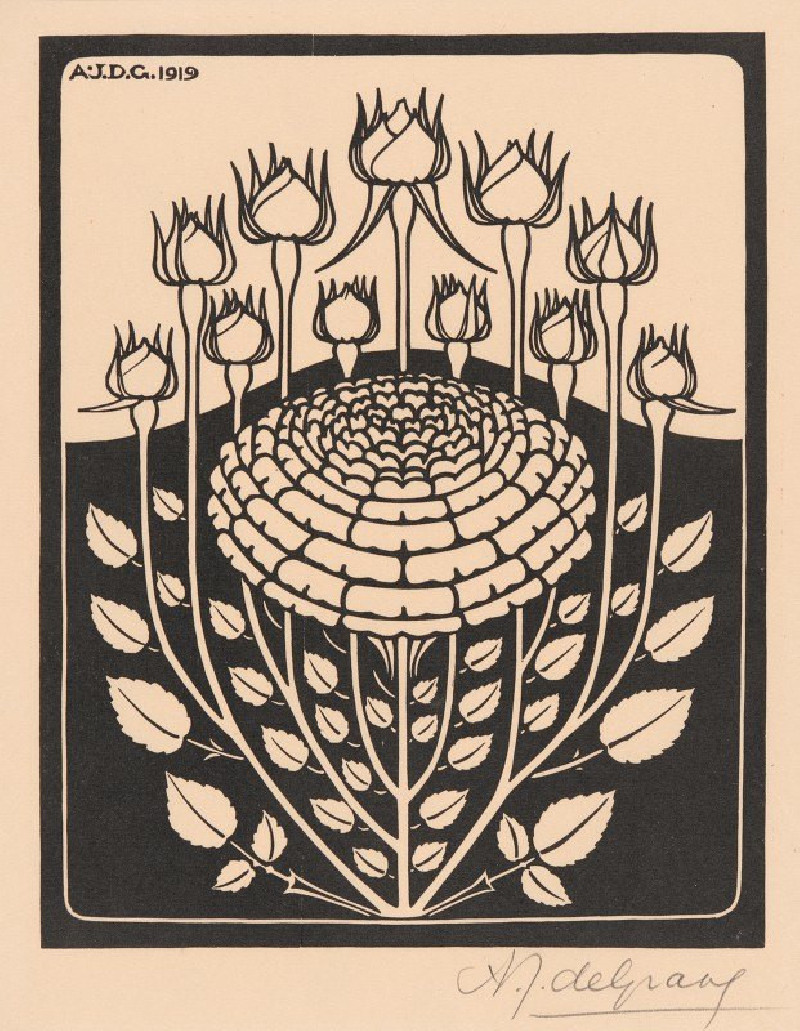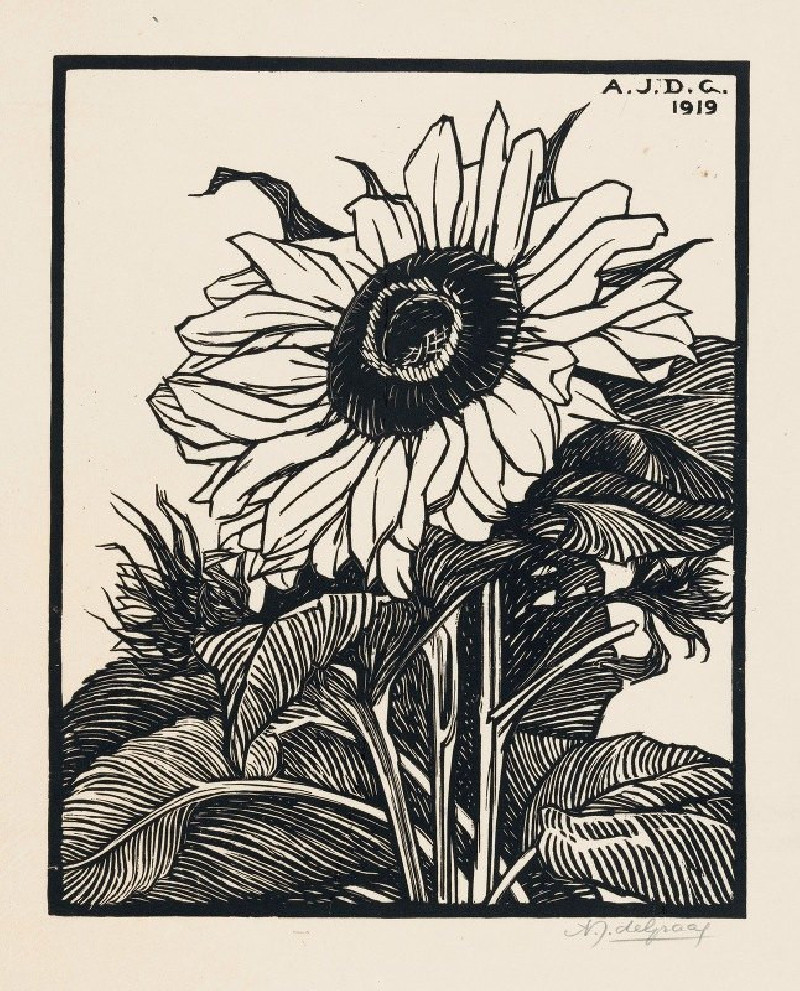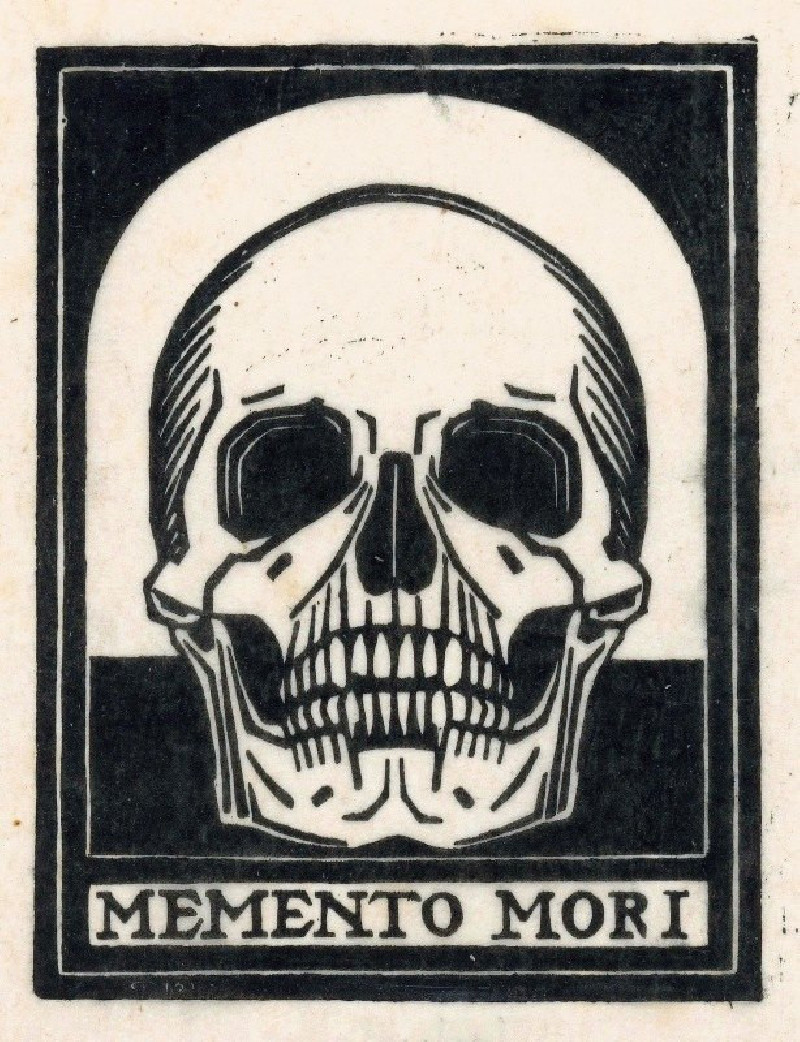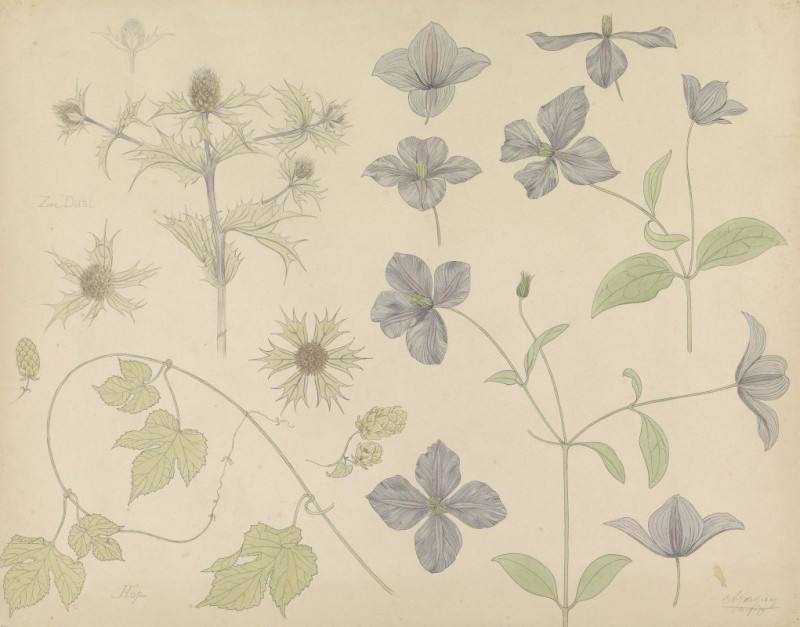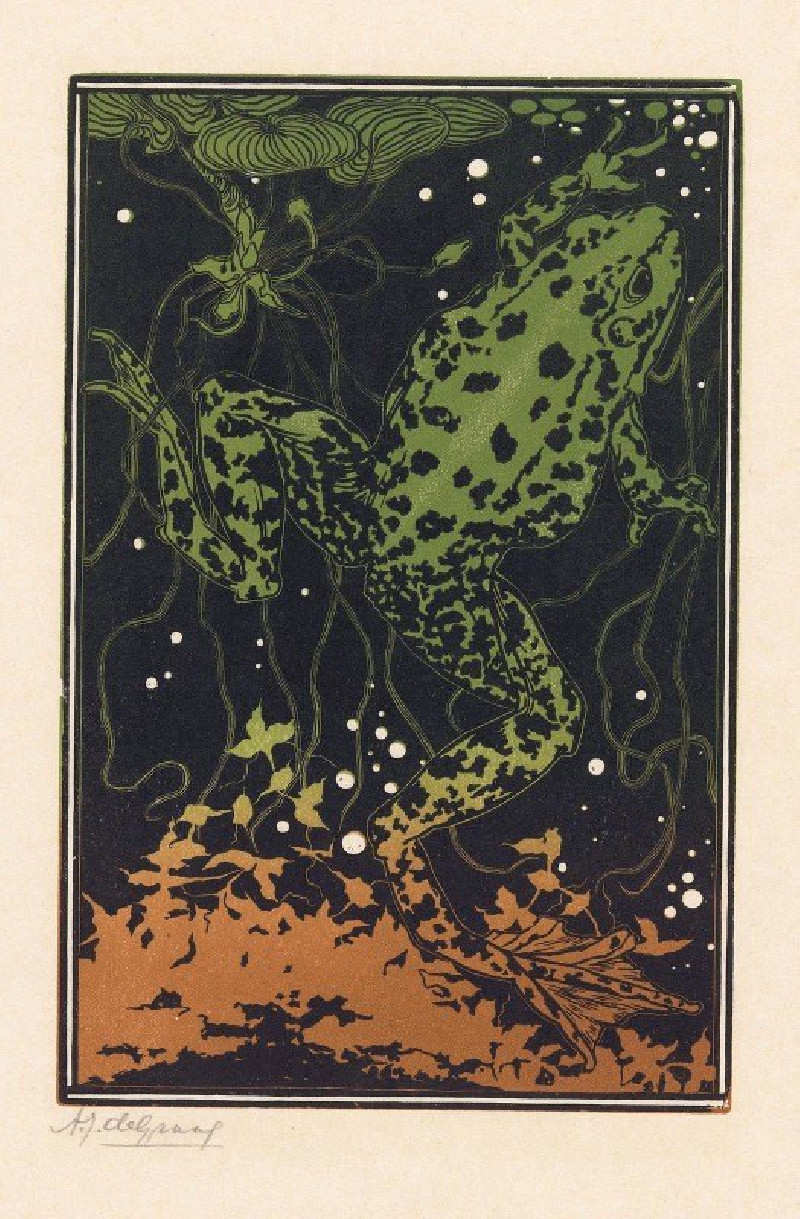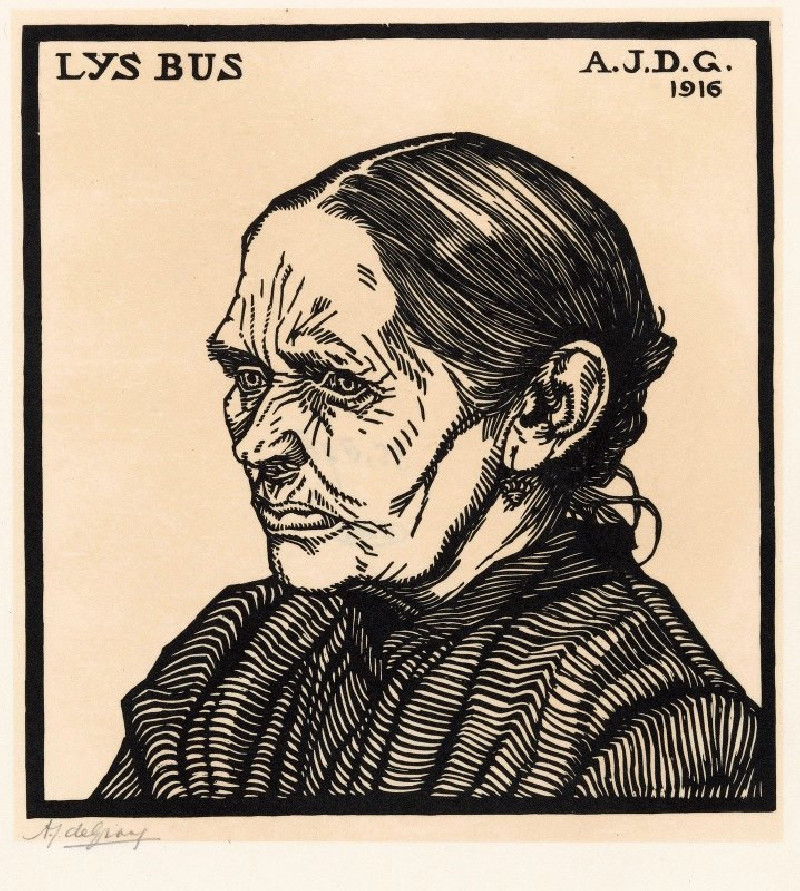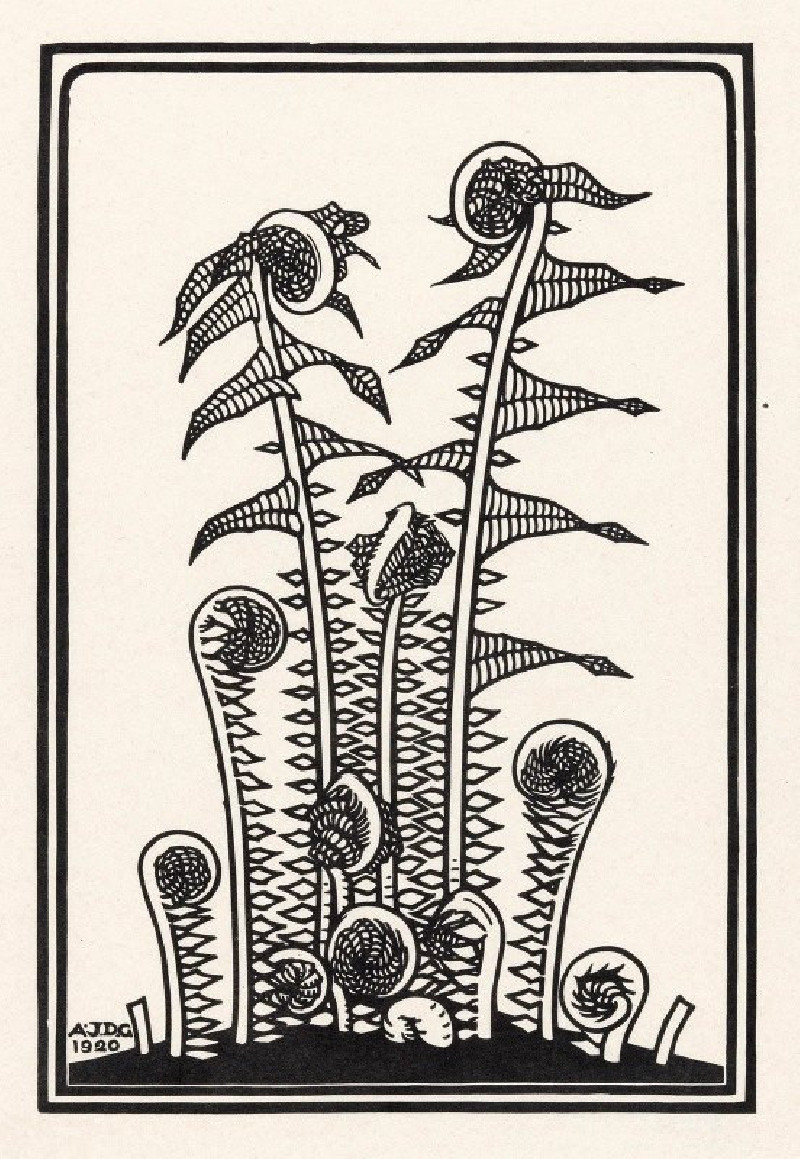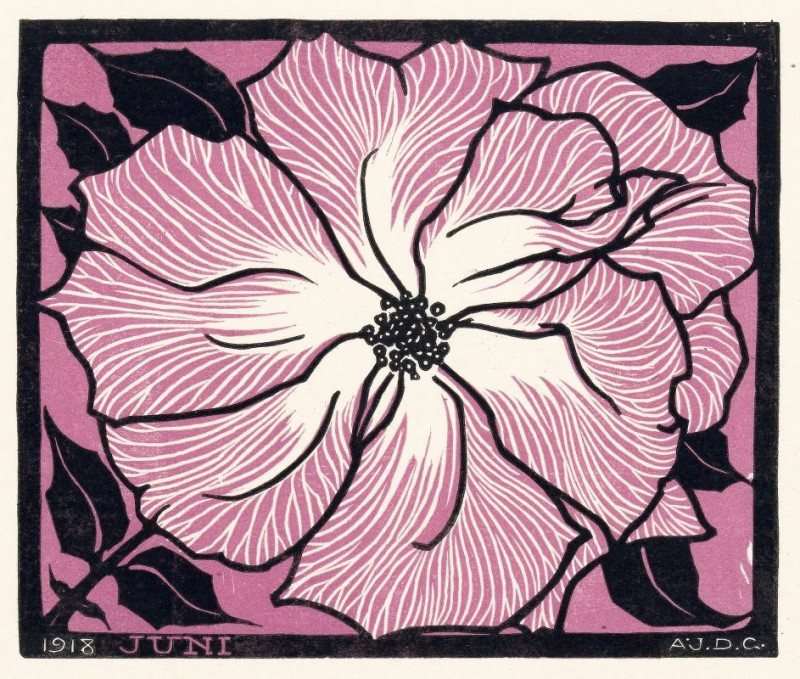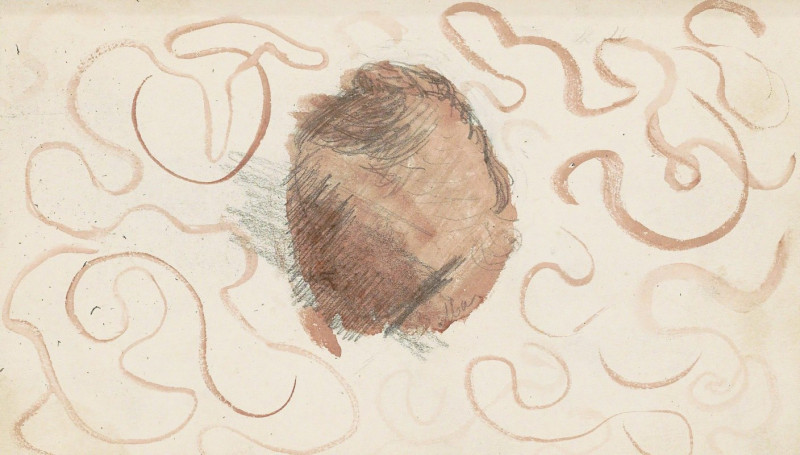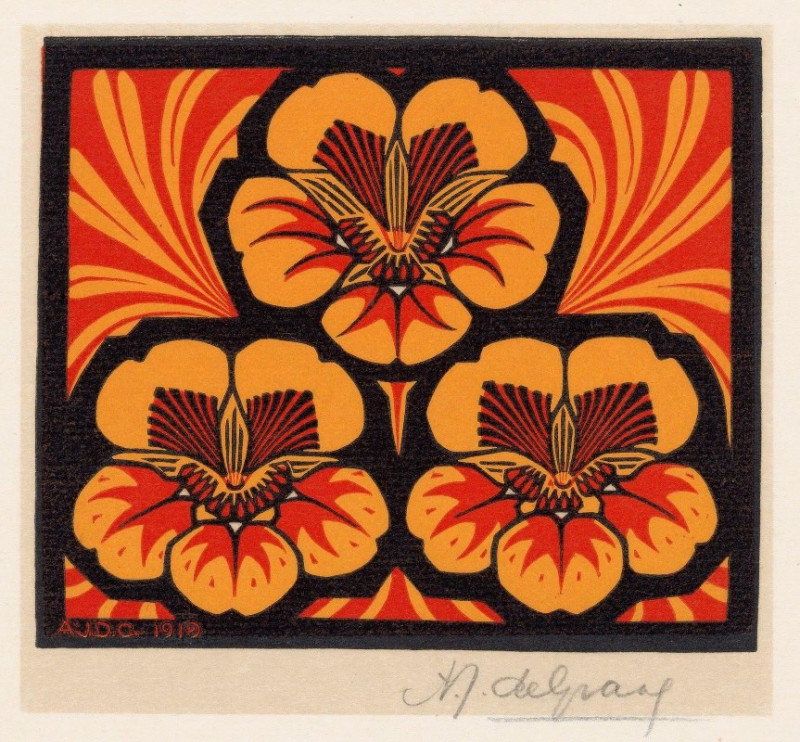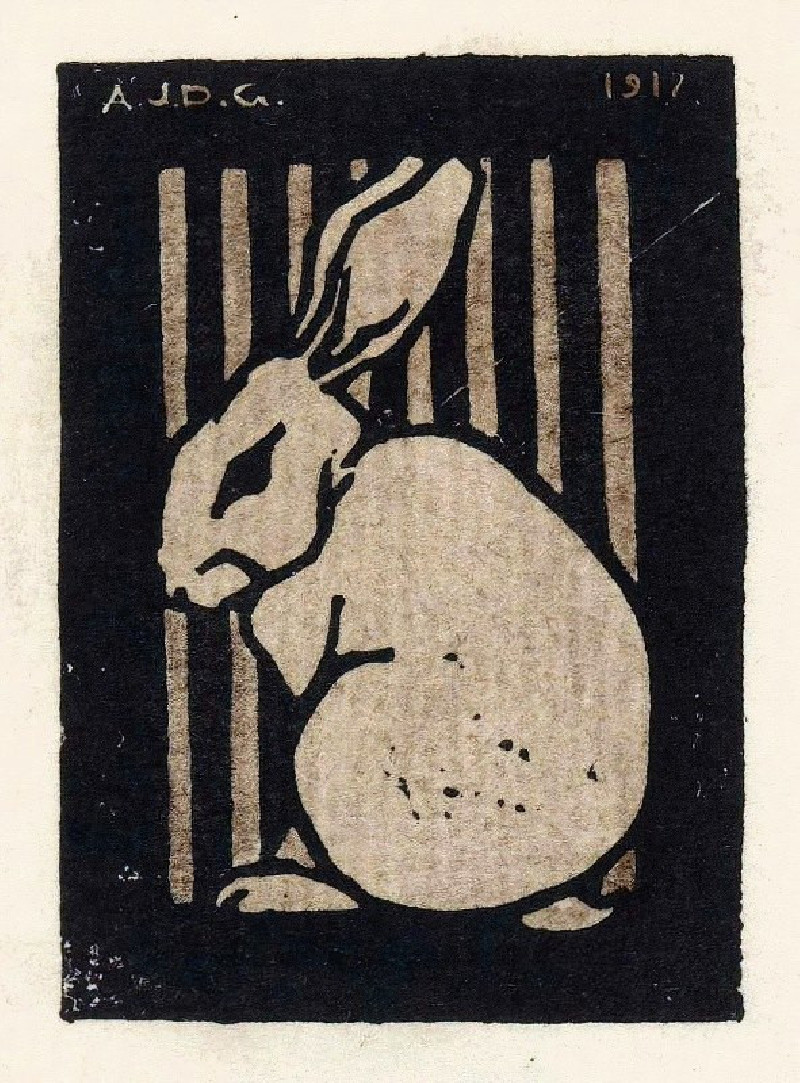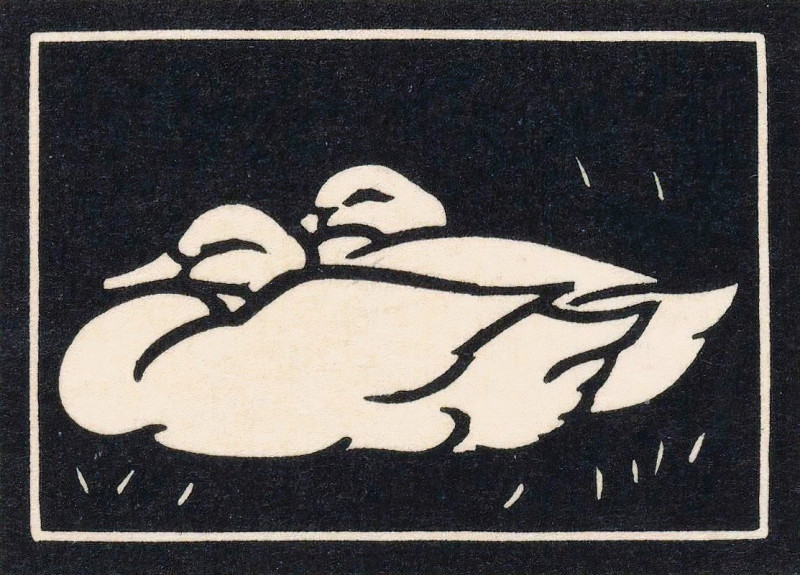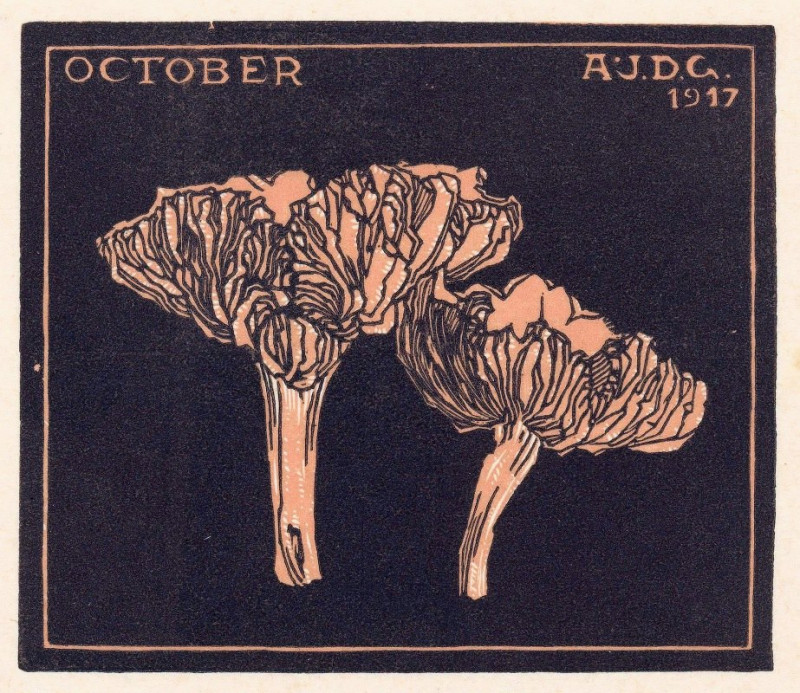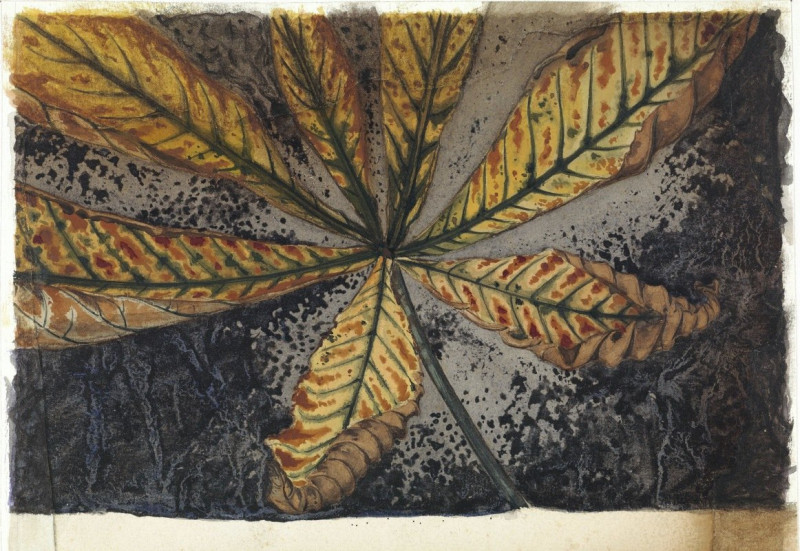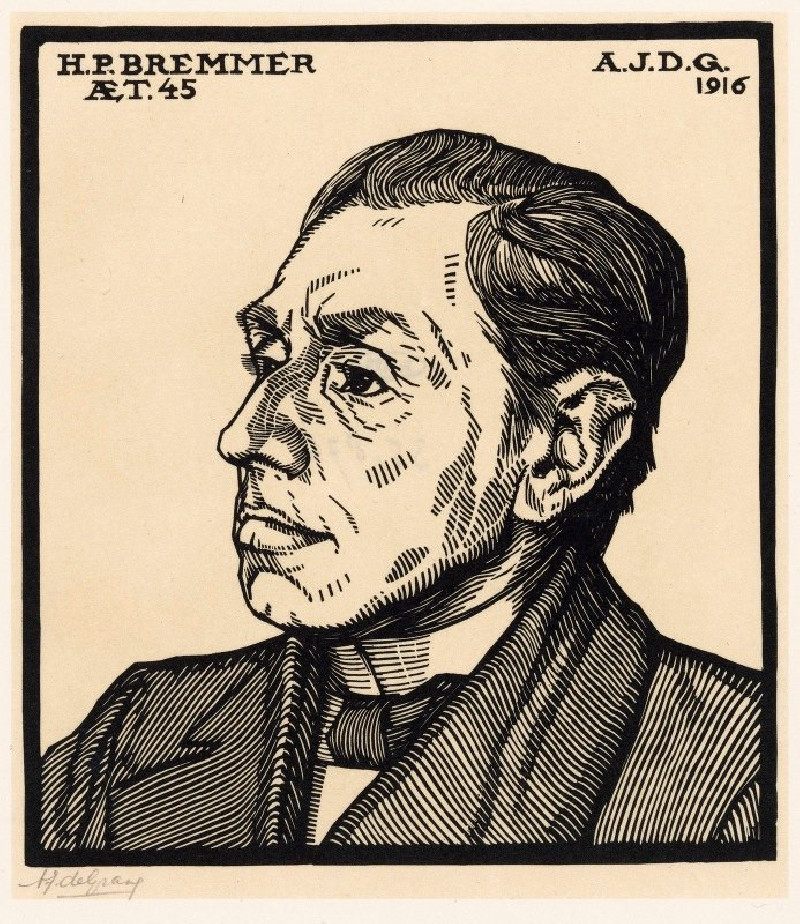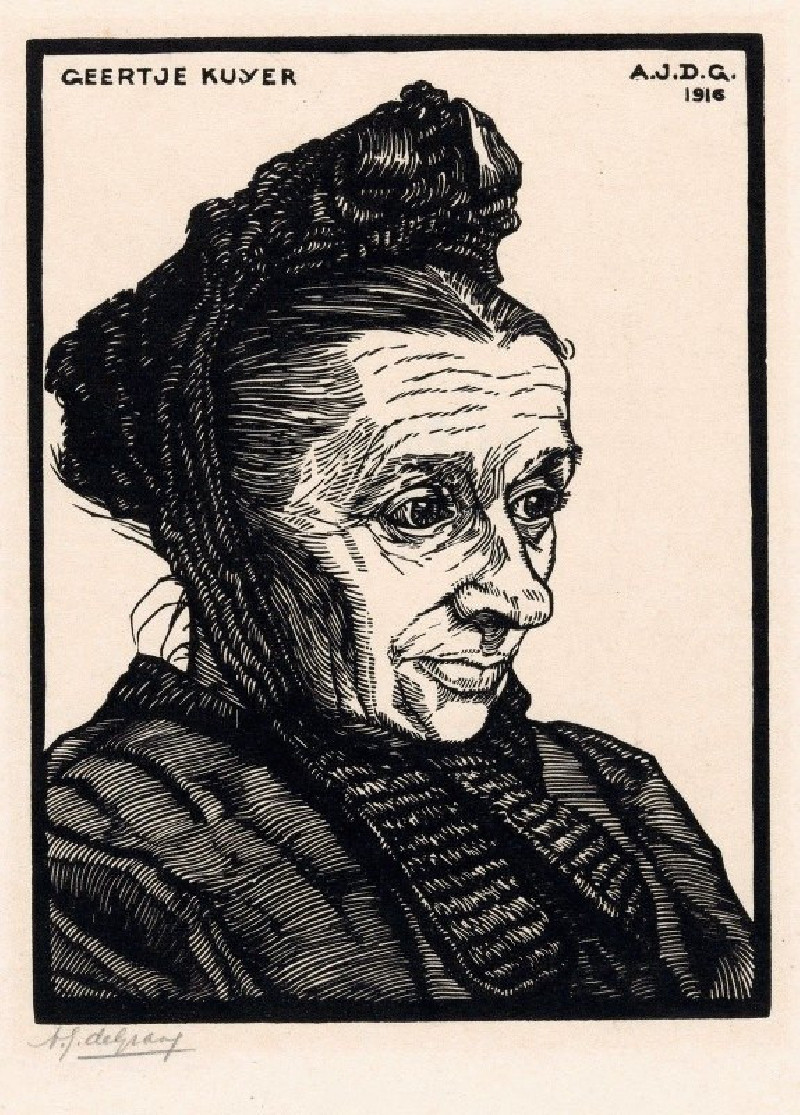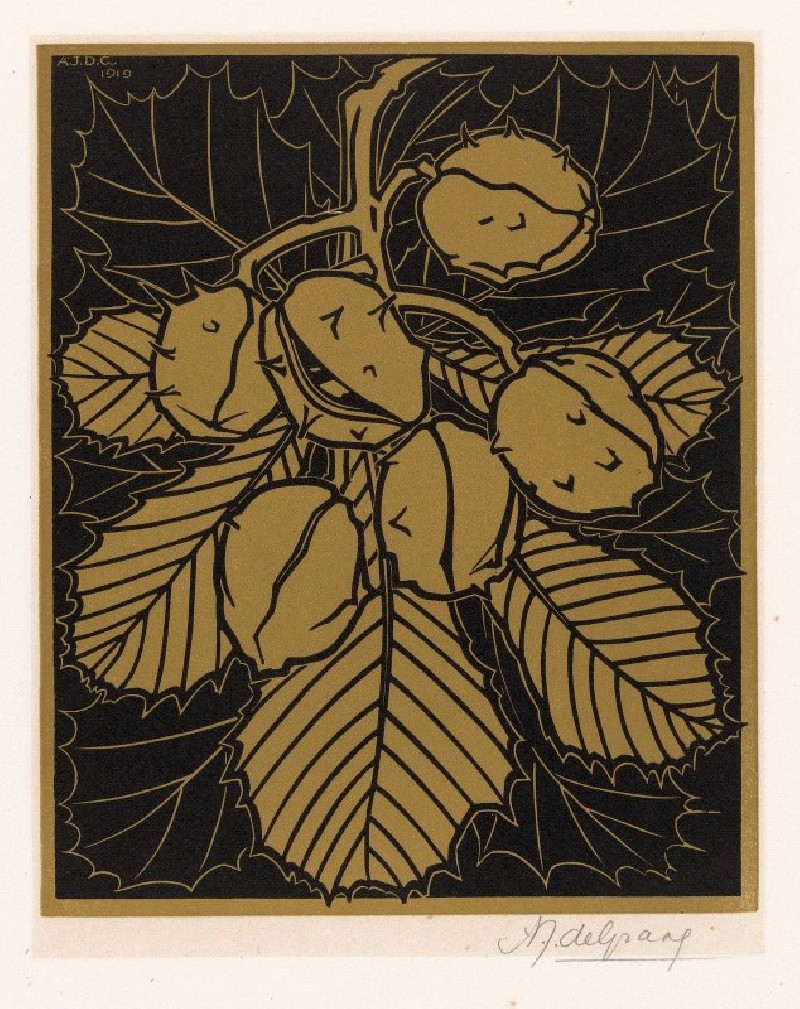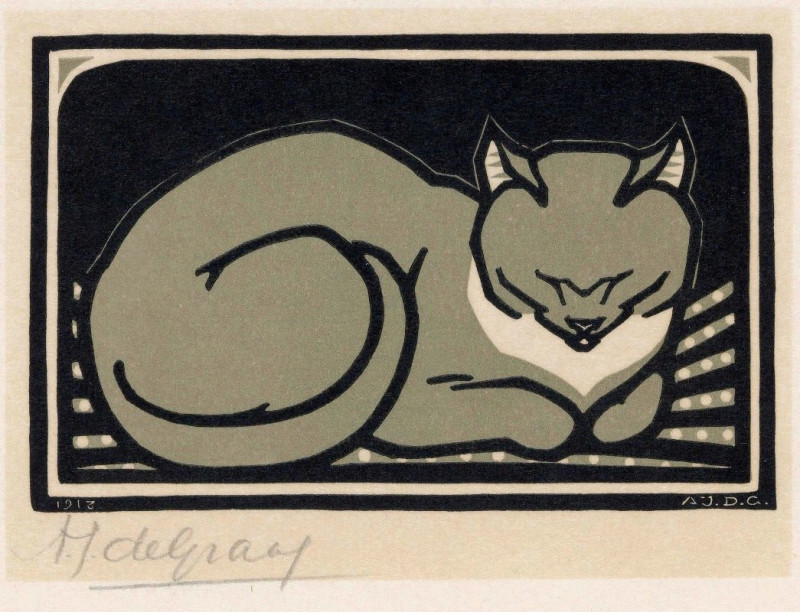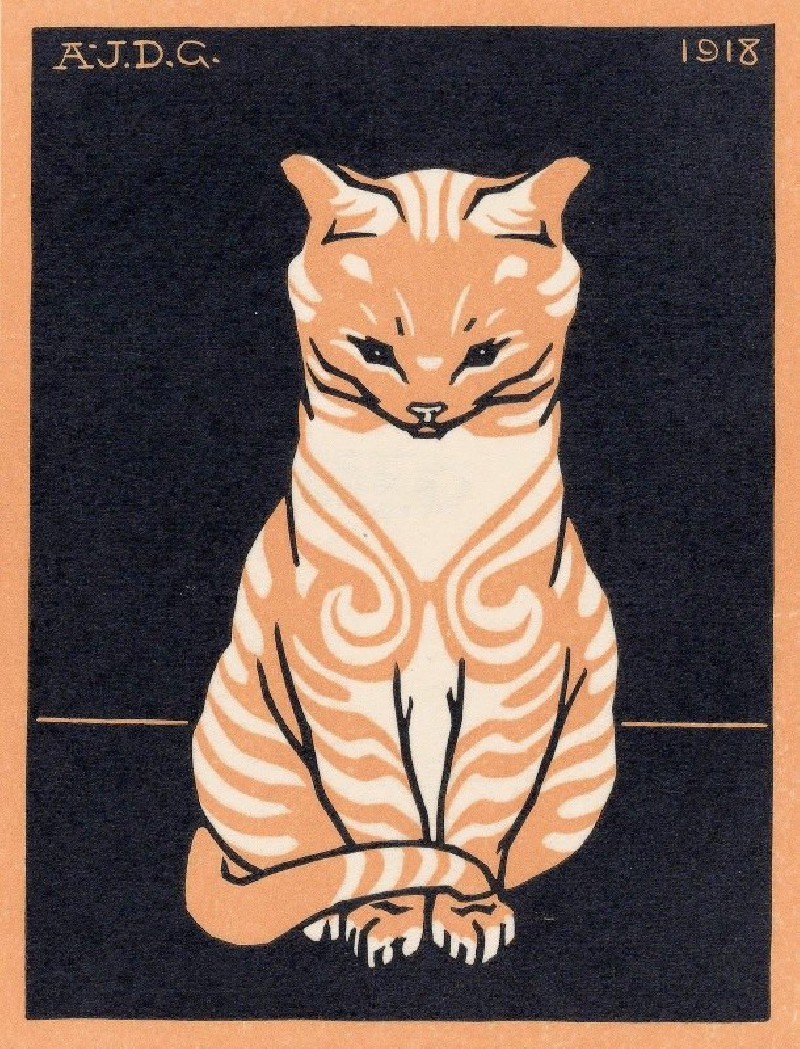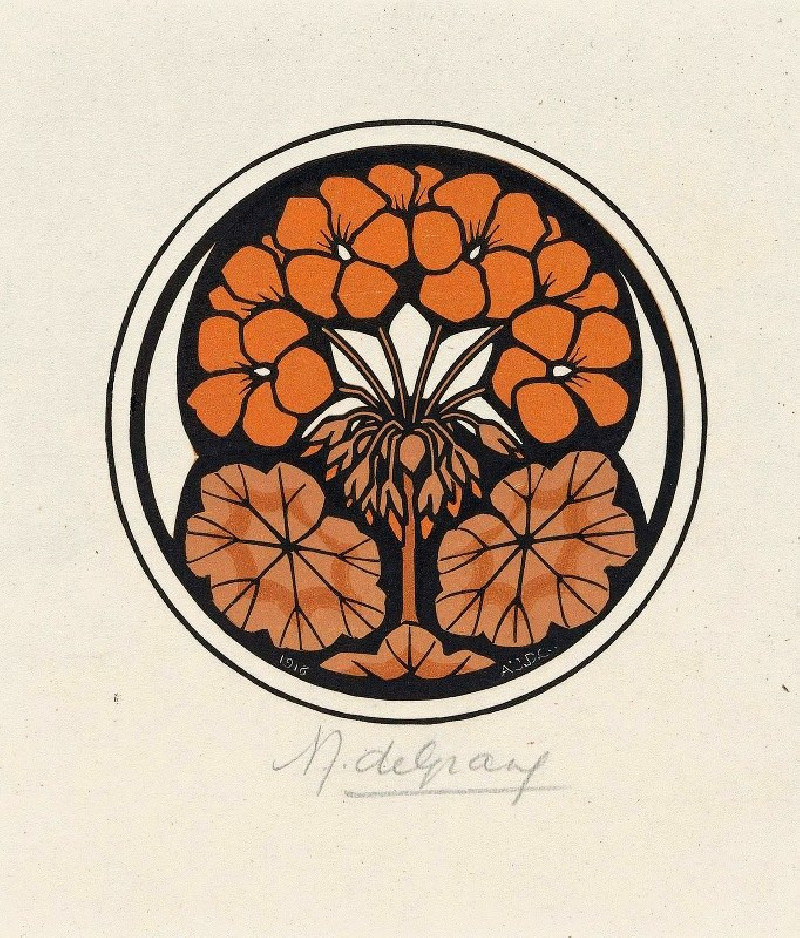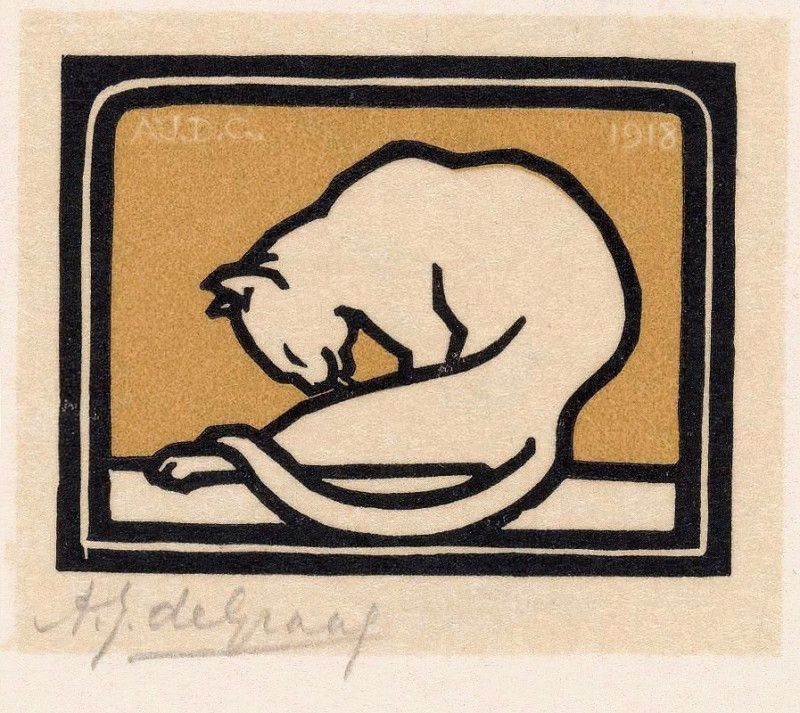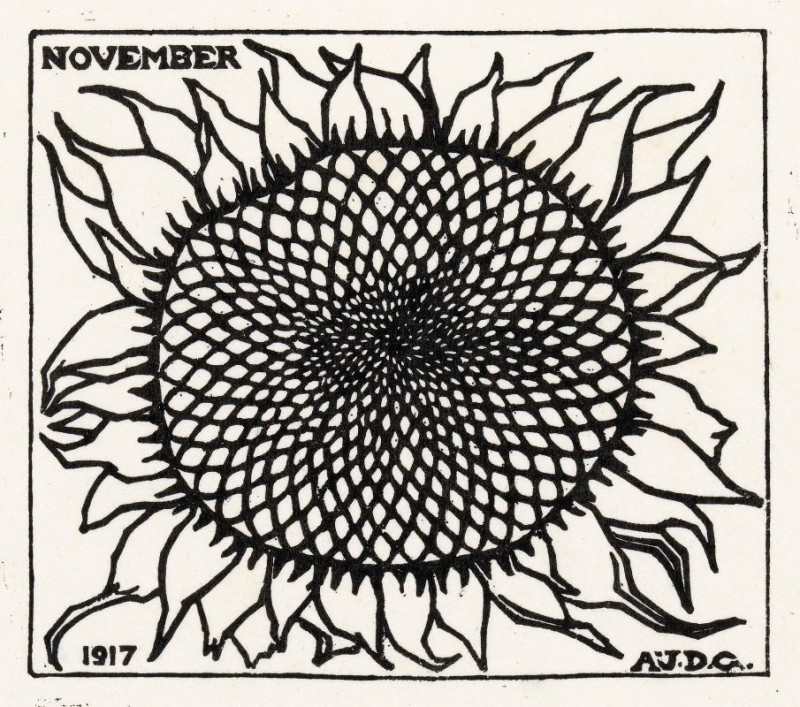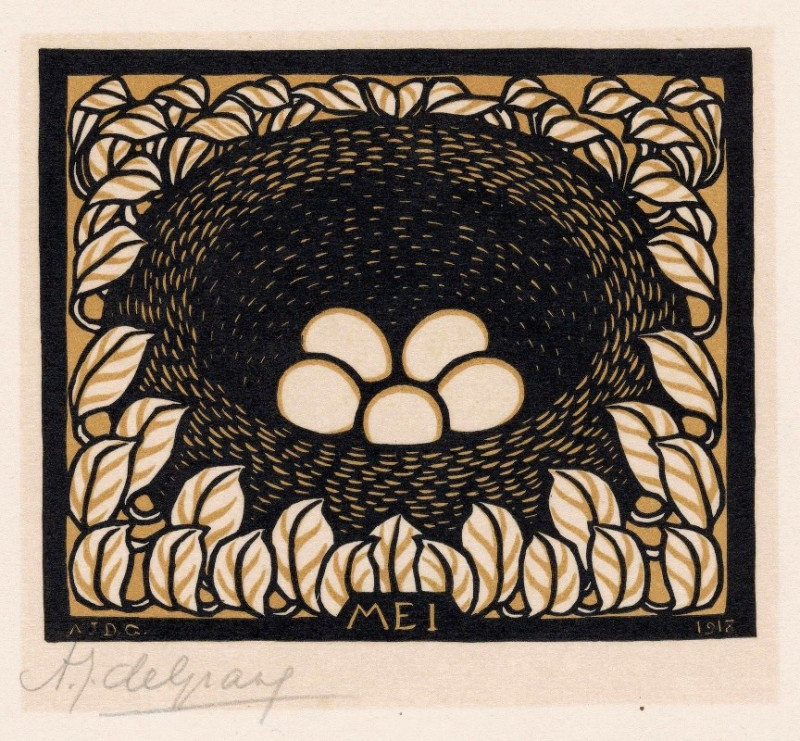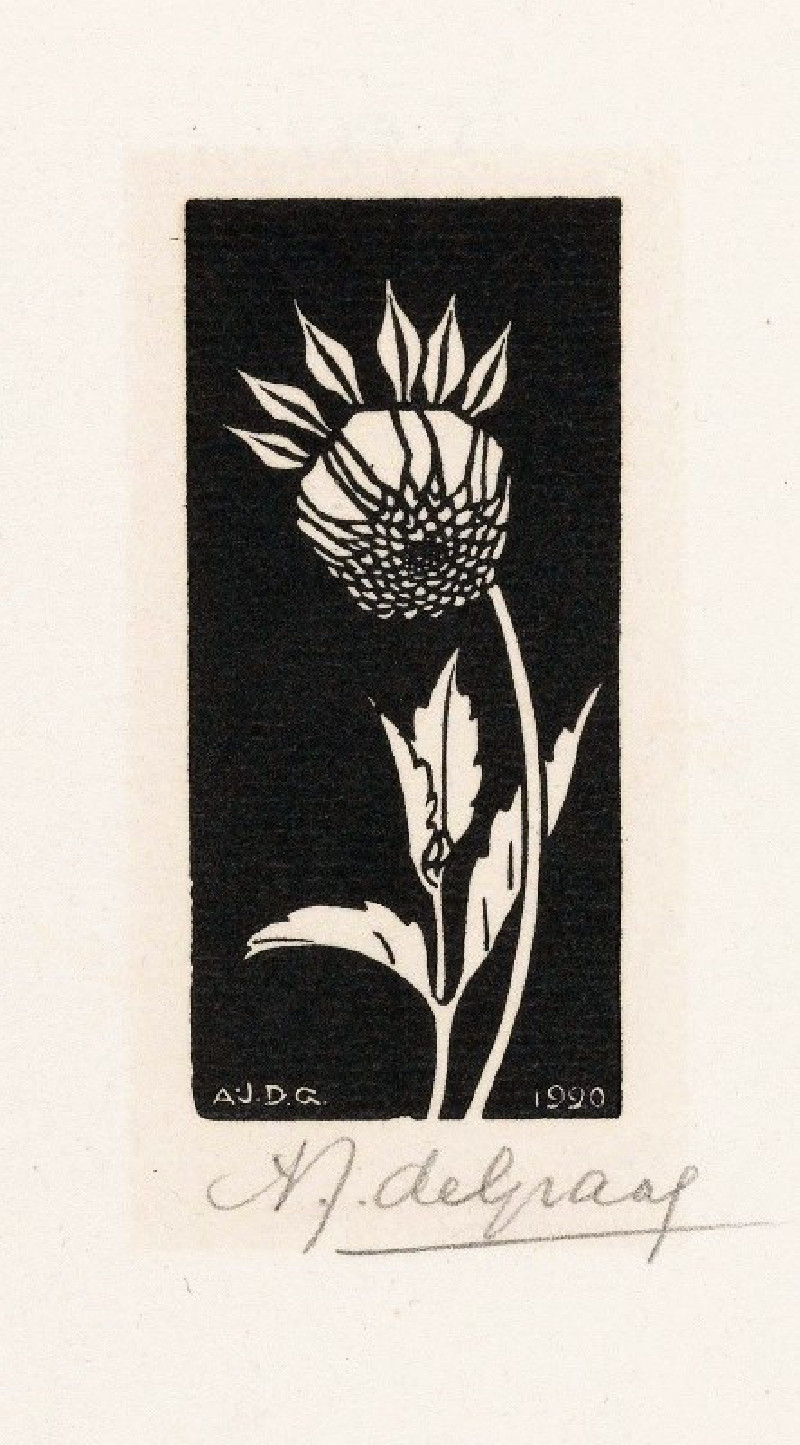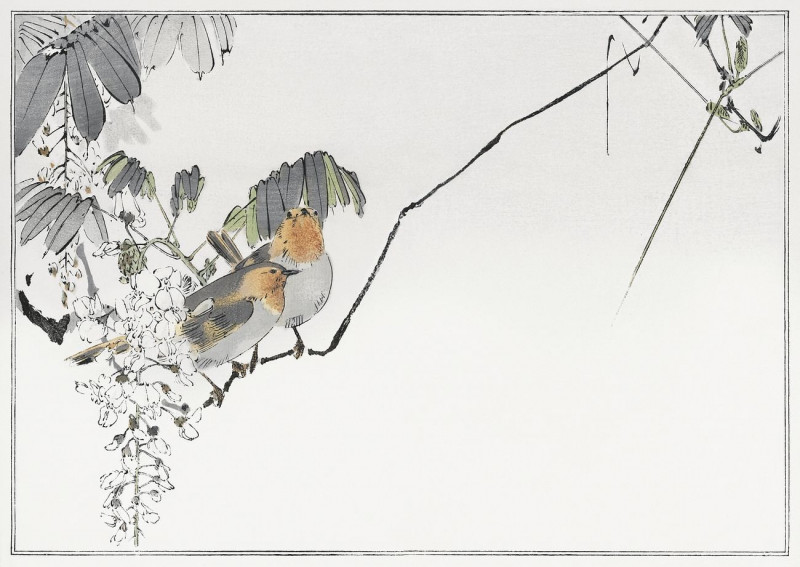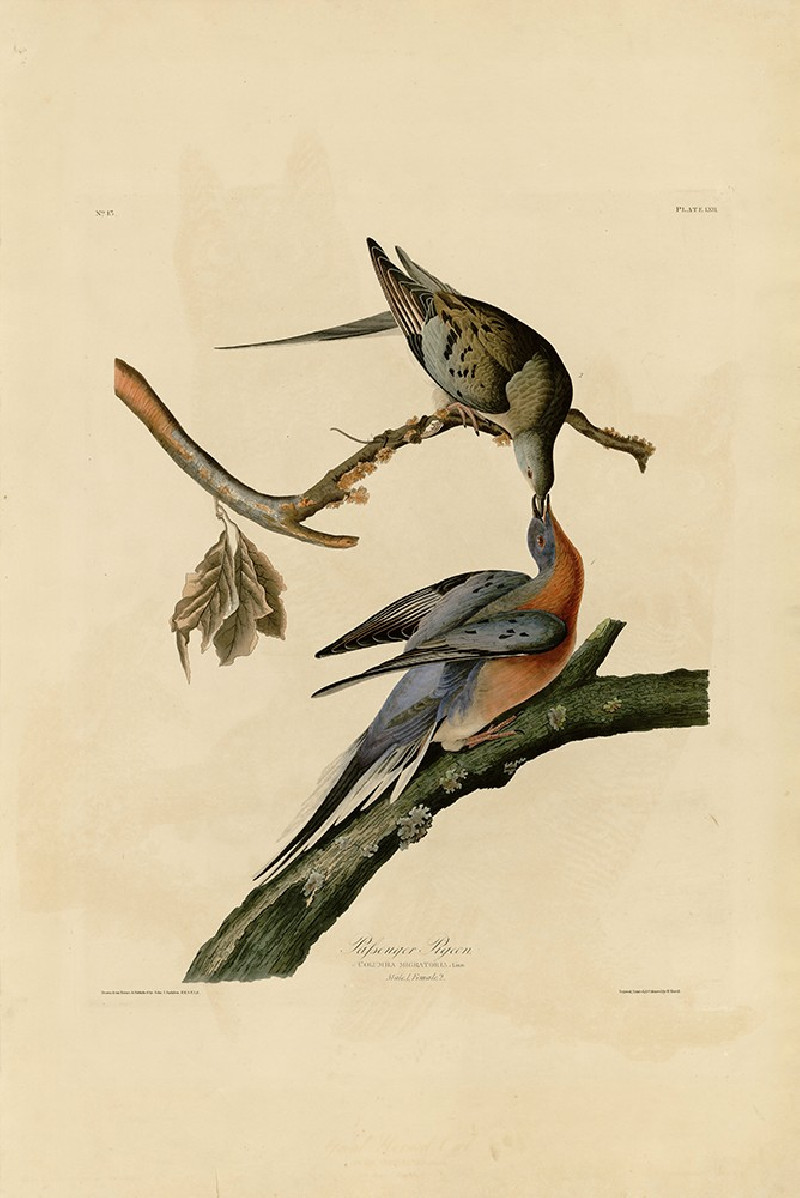Hagedis
Technique: Giclée quality print
Recommended by our customers
More about this artwork
Julie de Graag's "Hagedis," which translates to "lizard" in Dutch, presents an exquisite example of her artistic brilliance and delicate attention to detail. Rendered in fine pencil, this artwork captures the essence of a lizard in an elongated, almost ethereal form. The lizard is depicted from a dorsal viewpoint, allowing the viewer to explore the detailed texturing of its scales and the subtle gradations of shading on its body.The artwork's monochromatic tone emphasizes the lizard's anatomy, particularly its slender, elongated tail and the intricate structure of its limbs and claws. De Graag's technique showcases her prowess in creating lifelike textures and depth with simple pencil strokes, making "Hagedis" not only a study of nature but also a testament to the elegance of minimalist art.This piece is sure to captivate viewers with its detail and simplicity, making it a profound statement on the beauty of the natural world as seen through the eyes of a masterful artist.
Delivery
Reproductions are made to order and take 5 to 7 working days.
We send them out by courier and delivery takes another two working days.
If you need a reproduction sooner, please contact us - we can usually find a solution and produce it a little faster.
If you don't want to pay for postage, you can pick up your paintings at our galleries in Kaunas or Vilnius.
Returns
Yes, reproductions can be returned.
If you have any doubts more than 30 days after the date of purchase, please contact us - we will take the reproduction back for a refund or offer you a replacement!
We accept a maximum of two returns per customer - please note that we make reproductions to order, so please choose responsibly.
We do not refund shipping expenses.

